1. Cockroaches: The Ultimate Survivors
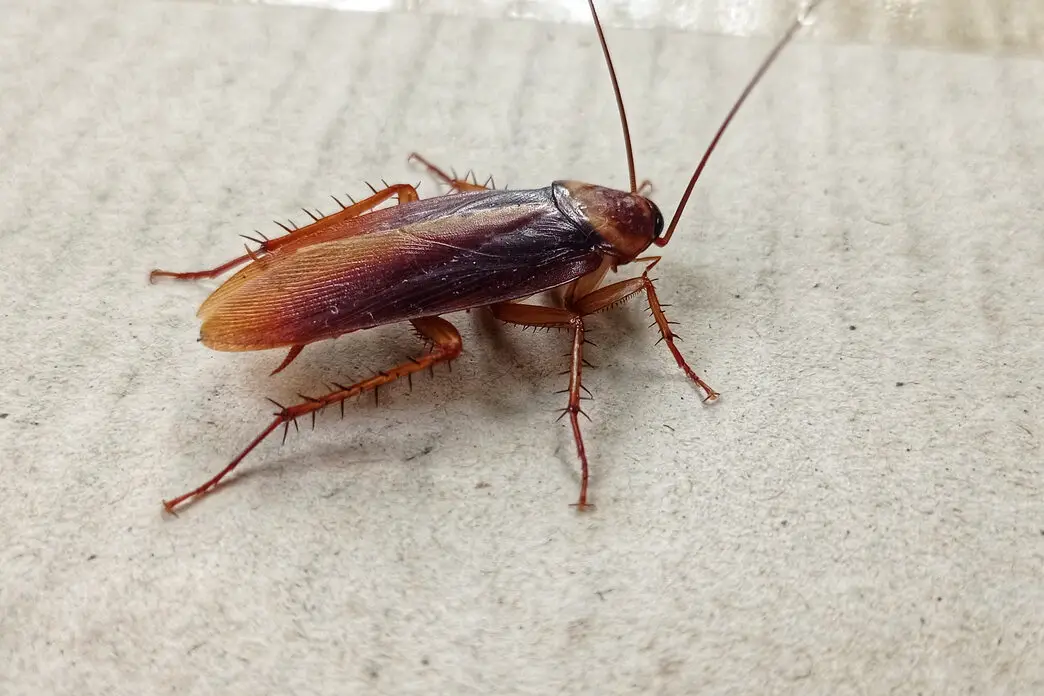
You’ve probably heard the joke that cockroaches could outlive the apocalypse, but it’s more fact than fiction. According to the Indiana Public Media, these little creeps can endure radiation levels up to 15 times higher than humans. Their slow cell division means less chance of mutations when exposed to radiation, making them disturbingly resilient. Add their ability to scavenge practically anything, and you’ve got a recipe for survival in the bleakest conditions.
It’s terrifying because they’re already hard to get rid of in normal life. Imagine a world where they outnumber everything else and start running the post-apocalypse. They won’t grow huge like in sci-fi movies, but the thought of roach-infested ruins is nightmare fuel. And since they can eat almost anything, from decaying food to cardboard, they’d have no trouble thriving in a world devoid of resources for most other animals. Their persistence is a grim reminder of nature’s refusal to go quietly.
2. Tardigrades: Tiny Titans of Survival
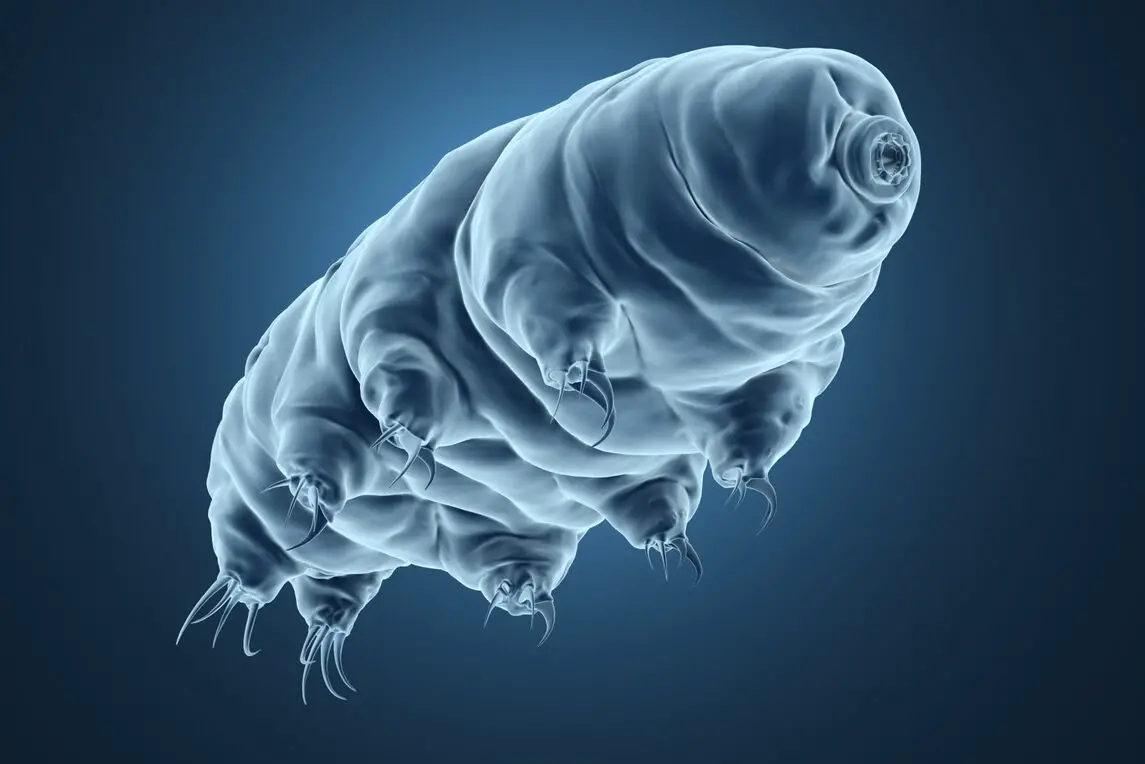
Tardigrades, aka water bears, are microscopic creatures that can withstand the harshest conditions—extreme heat, freezing cold, vacuum of space, and yes, radiation. According to Wyoming Public Media, their secret lies in a unique protein that protects their DNA from radiation-induced damage. These little guys can dry themselves out and hibernate until conditions improve. Scientists have even found them alive after being exposed to the vacuum and radiation of space for days.
Why is this terrifying? Because they’re basically indestructible. If life had to start over post-nuclear fallout, tardigrades could be the last “animals” standing. They might not be cute, but their sheer resilience could make them rulers of a dystopian micro-world. And given how little we understand about their full potential, it’s not hard to imagine them evolving in ways that make them even harder to kill. It’s like nature designed them as an ultimate survival cheat code.
3. Scorpions: Nature’s Nuclear Ninjas
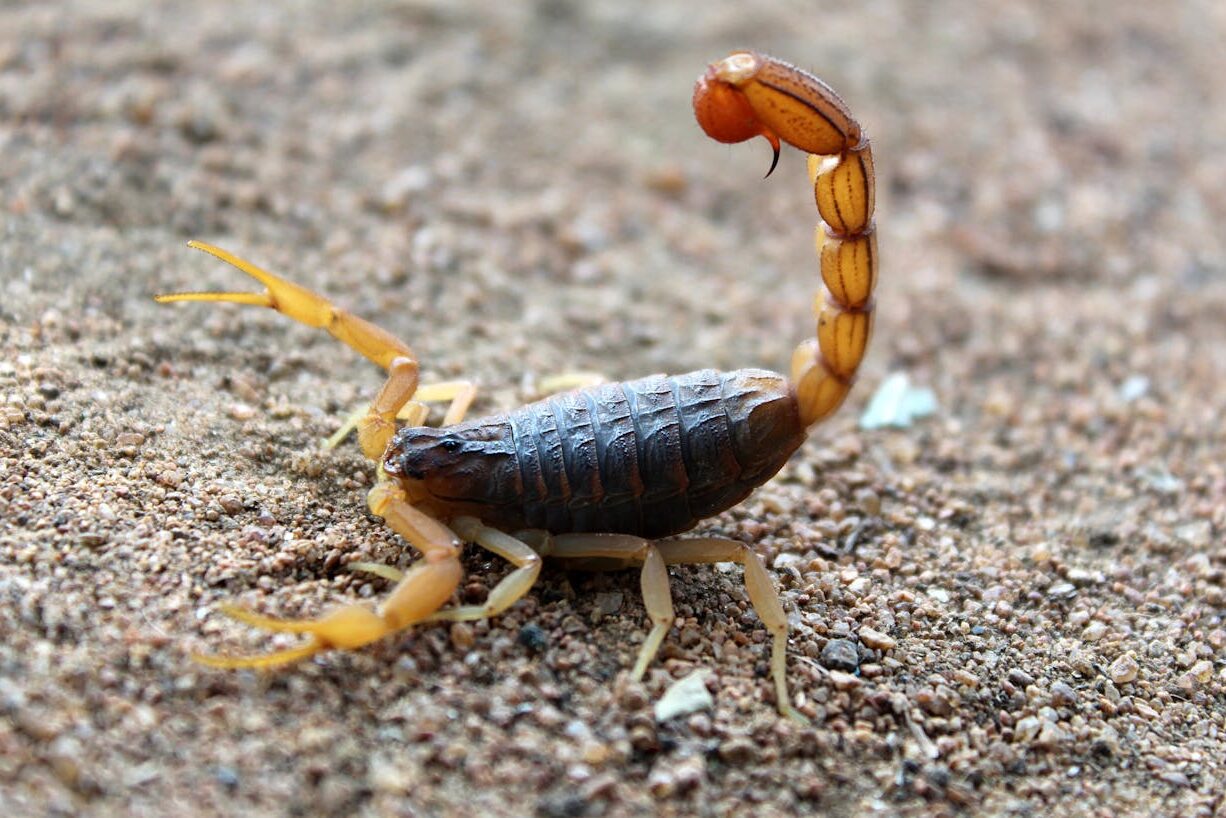
Scorpions are ancient survivors, and radiation isn’t much of a threat to them. According to ResearchGate, they have highly efficient DNA repair mechanisms that protect them from mutations caused by radiation. Plus, they’re built for extreme environments, like deserts and high-altitude zones. Their ability to glow under UV light is just another eerie adaptation that seems tailor-made for post-apocalyptic survival.
The scary part? Scorpions are predators that can thrive in low-resource environments, meaning they could dominate a barren, irradiated world. They’re also known to adapt their hunting techniques to survive, making them an even greater threat in a world where resources are scarce. Picture glowing scorpions lurking in the ruins of civilization, waiting to strike. It’s not a comforting thought.
4. Rats: Adaptable and Relentless
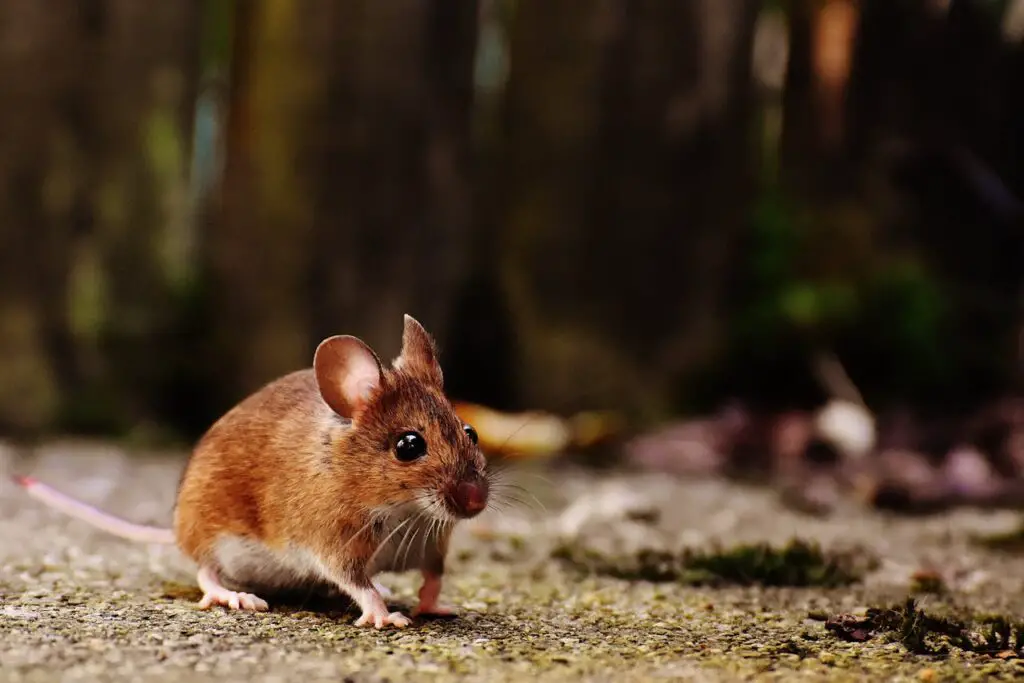
Rats are already infamous for thriving in conditions that kill most other creatures. Radiation is no exception. While they don’t have extraordinary radiation tolerance, their rapid reproduction and genetic adaptability mean they could evolve resistance over generations. According to Wikipedia, they’re social creatures with an uncanny ability to survive in any environment, including post-apocalyptic cities.
Here’s why this is unsettling: Rats are scavengers and can carry diseases, making them a double threat. Post-nuclear fallout, they’d multiply quickly, spreading through the wreckage of human civilization like a plague. And if they evolve alongside the fallout? Even worse. Imagine rats with heightened resilience or mutations that make them even harder to control. They could turn into one of the most dominant species in a dystopian world.
5. Flies: The Resilient Pests
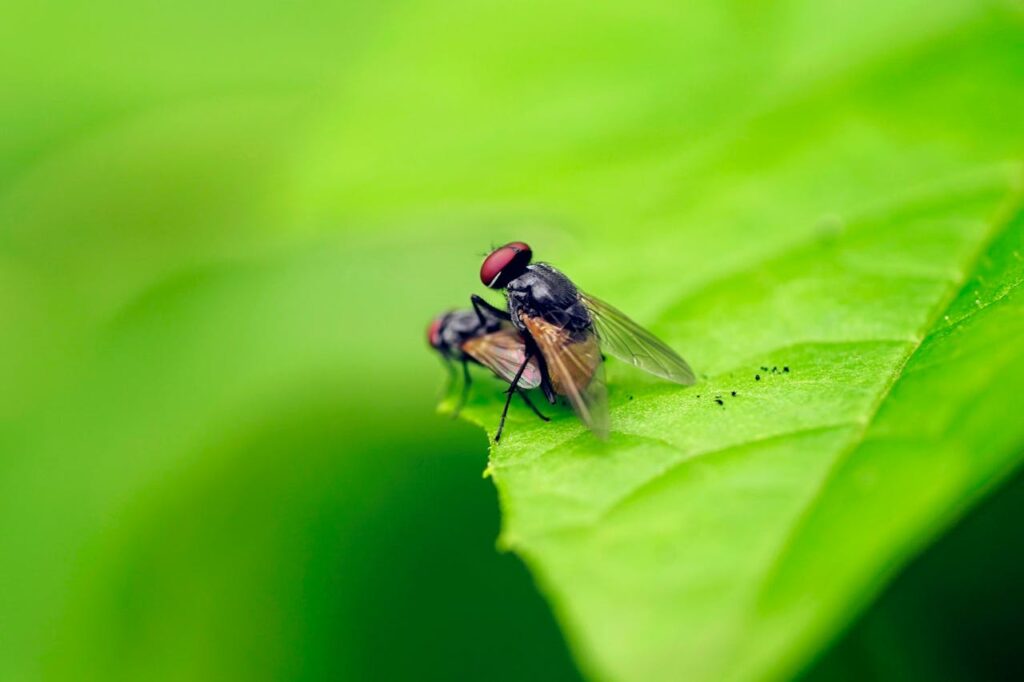
Flies, like cockroaches, have a high tolerance for radiation. Their short lifespans and quick reproduction cycles allow them to adapt to extreme conditions over time. Plus, they’re not picky eaters—they’ll feast on decaying matter, ensuring they never go hungry. According to Study.com, they can also lay eggs in almost any organic material, guaranteeing their survival in even the harshest conditions.
The thought of flies surviving a nuclear apocalypse is gross on its own, but they could also become vectors for spreading harmful bacteria and disease. Imagine a world filled with buzzing, radioactive flies swarming over wastelands. They could spread radiation through contact with food or wounds, becoming a biological hazard. In a post-fallout scenario, these pests would add insult to injury, making survival even more unbearable.
6. Deinococcus radiodurans: The Bacteria That Laughs at Fallout
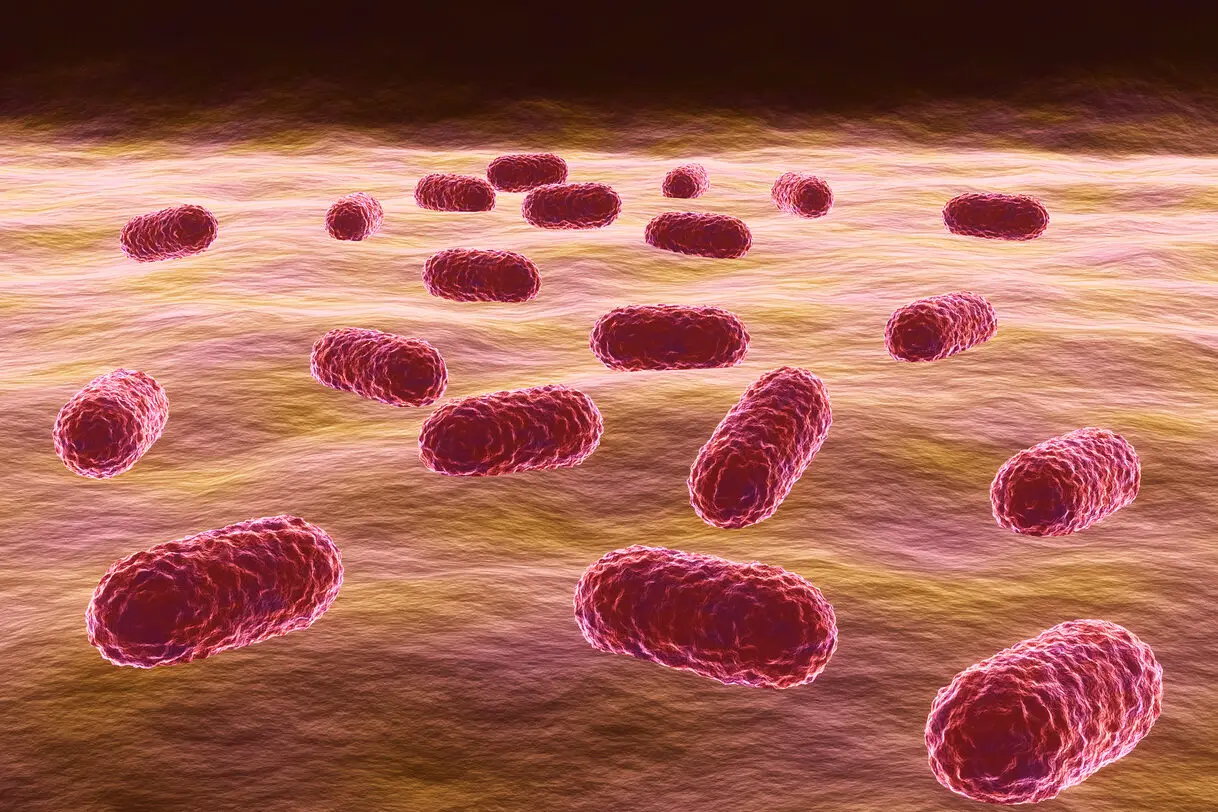
Okay, not an “animal” technically, but Deinococcus radiodurans, nicknamed “Conan the Bacterium,” is worth mentioning. This microorganism can survive doses of radiation thousands of times higher than what would kill a human.According to PubMed Central, it achieves this by rapidly repairing its DNA, like a microscopic Wolverine. It can even endure dehydration, extreme temperatures, and other environmental challenges.
The terrifying part? If bacteria like this thrive post-fallout, they could dominate the planet’s microbiome. While not inherently dangerous to humans, their ability to adapt could disrupt ecosystems in unexpected and possibly catastrophic ways. Plus, their resilience could make them a key player in a radically altered environment, potentially altering how life evolves in a post-apocalyptic world.
7. Ants: Tiny Architects of Doom
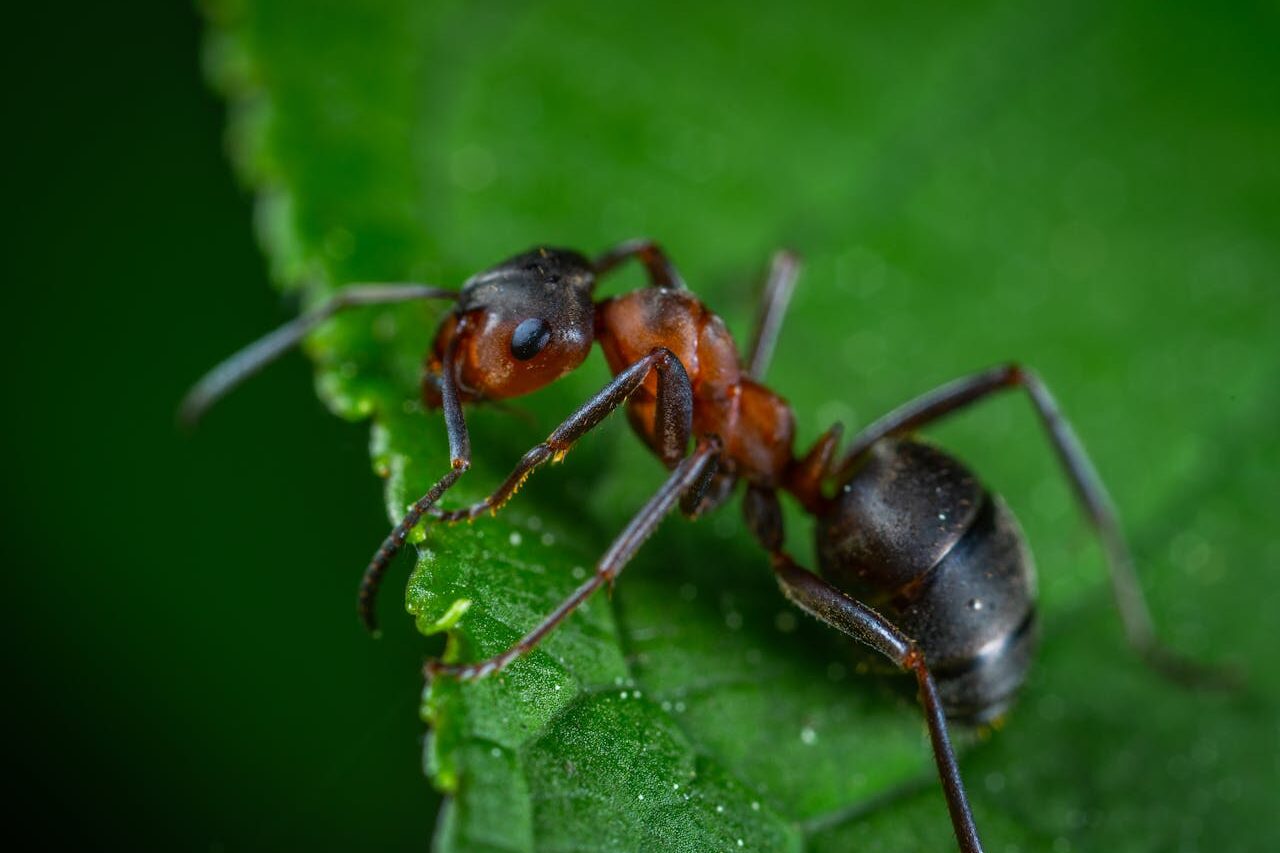
Ants are incredible survivors, able to withstand high doses of radiation thanks to their communal living and adaptability. According to the Oxford Academy, the Journal of Economic Entomology stated that their queen-centric reproductive strategy ensures colonies persist even after catastrophic events. Some species even thrive underground, which would shield them from the worst effects of a nuclear blast.
Post-fallout, ants could become dominant forces in reshaping ecosystems. They’re already invasive in many parts of the world, so imagine giant ant colonies taking over irradiated landscapes, carving out a new world order underground. Their ability to work together in large numbers could give them an edge in reclaiming areas abandoned by humans. Ants could essentially inherit the Earth, making the ruins of civilization their sprawling, radioactive playground.
8. Sharks: Kings of the (Radioactive) Ocean
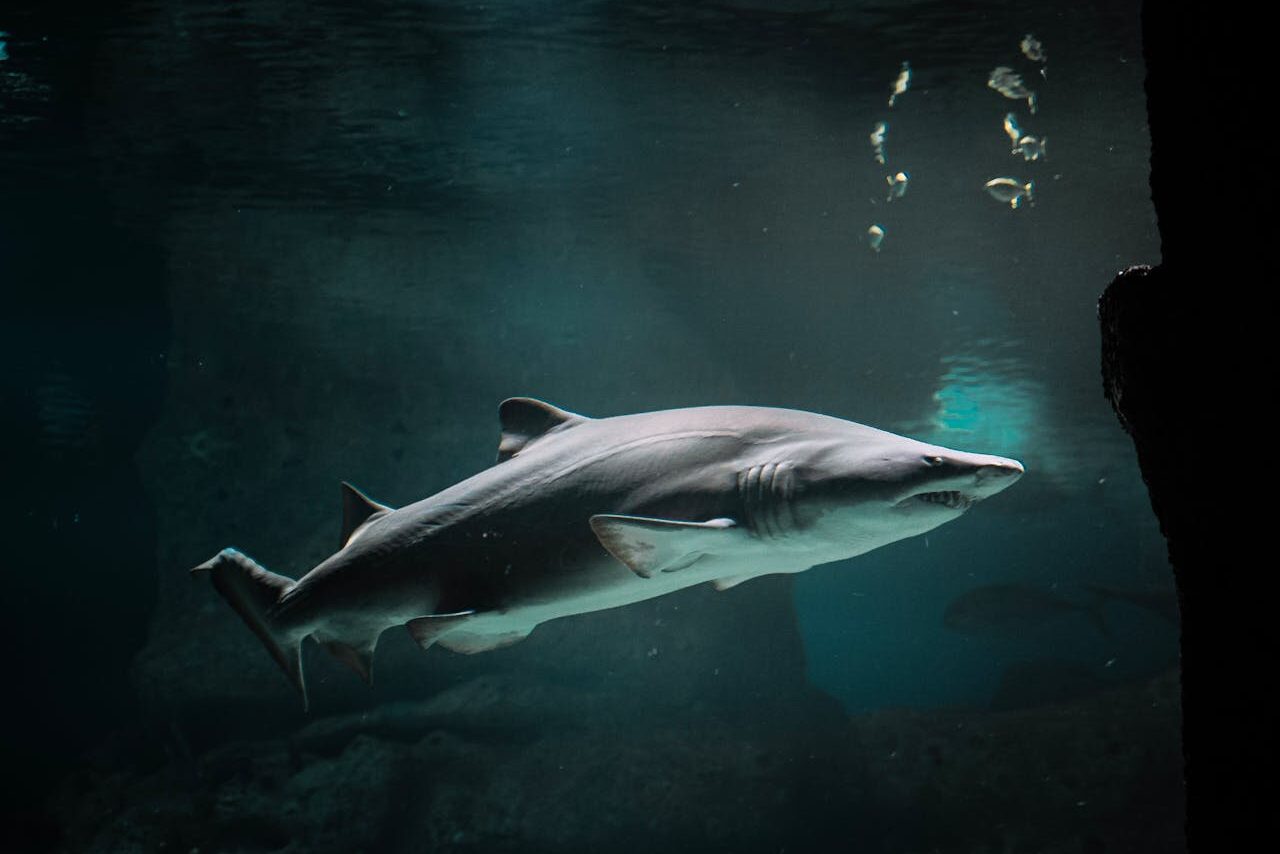
Sharks, particularly some deep-sea species, have natural resistance to radiation. Their slow metabolism and robust immune systems make them prime candidates for surviving a nuclear fallout. The ocean acts as a buffer, shielding them from the worst effects of radiation on land. They’ve also survived multiple mass extinctions, so they’ve got experience bouncing back.
Picture an irradiated sea where sharks are some of the last apex predators left. With fewer humans around, they’d dominate aquatic ecosystems. The thought of radioactive sharks ruling the oceans might sound like a B-movie plot, but it’s a plausible scenario. And if their food sources mutate due to radiation, we could see changes in sharks themselves—potentially making them even more fearsome.
9. Spiders—creepy crawlies that crawl That Persist
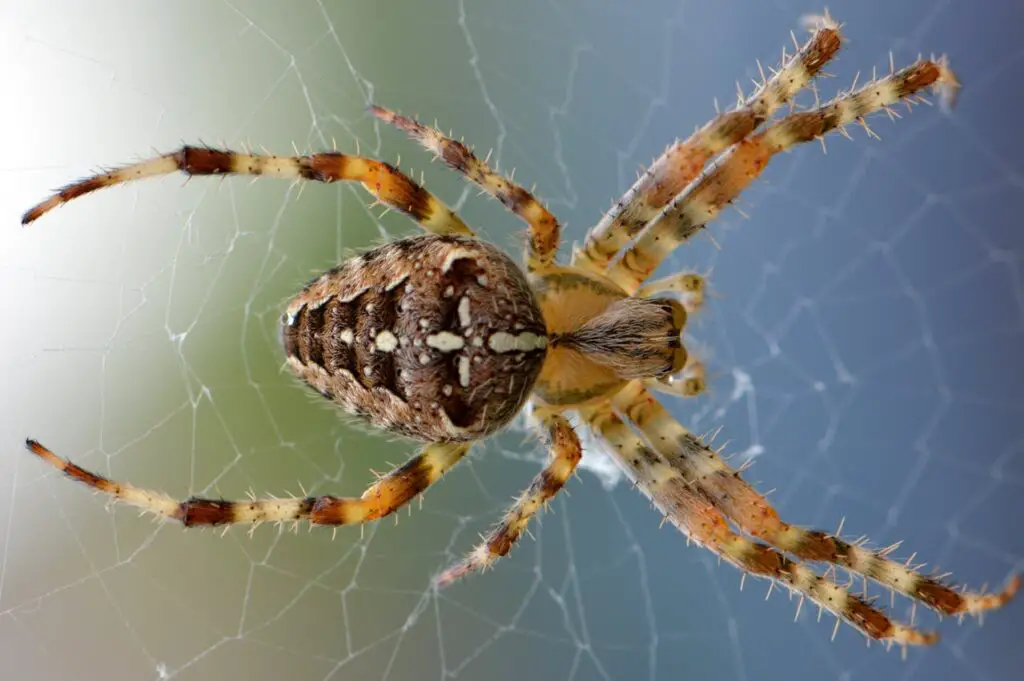
Spiders are incredibly resilient creatures that can tolerate extreme environmental changes, including radiation. Some species can even go without food for months, which would be handy in a fallout scenario. They’re skilled hunters with the ability to adapt their web-spinning techniques to catch different prey.
Why is this terrifying? Because spiders are already the stuff of nightmares for many people. Post-apocalypse, you might find them thriving in the shadows, spinning webs in the ruins of civilization. Bigger, more resilient spiders? That’s a dystopian horror story waiting to happen. And with radiation potentially causing mutations, their appearance and hunting capabilities could become even more fear-inducing.
10. Pigeons: Feathered Fallout Fighters
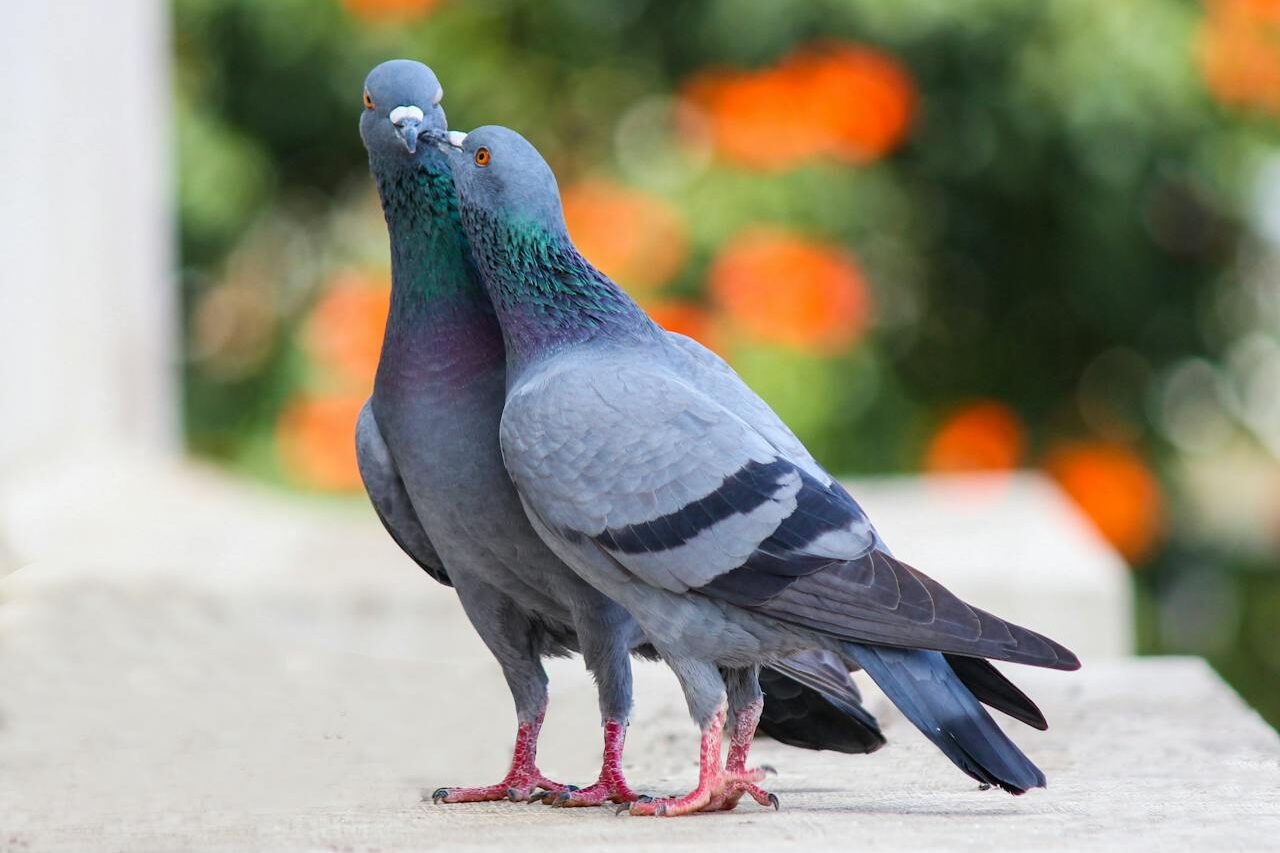
Pigeons might not seem like the hardiest creatures, but their urban adaptability gives them a surprising edge. Studies have shown that birds, in general, are more resistant to radiation than mammals. Research published in JSTOR highlights that pigeons exhibit remarkable resistance to X-irradiation, demonstrating their potential resilience in extreme conditions. Pigeons’ ability to thrive in cities means they’d likely outlast many other species in a nuclear event. Their diet of scraps and ability to nest in the smallest spaces make them particularly resilient.
Imagine desolate cities filled with flocks of radioactive pigeons cooing eerily from skeletal skyscrapers. It’s a haunting image, especially considering how they might evolve in such conditions. They could become carriers of mutations or scavengers of irradiated food, spreading fallout effects further. And while they wouldn’t be a direct threat, their sheer numbers and eerie presence would make them a chilling reminder of humanity’s downfall.


